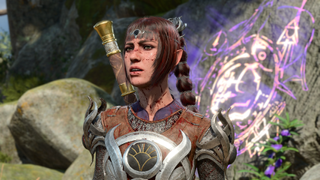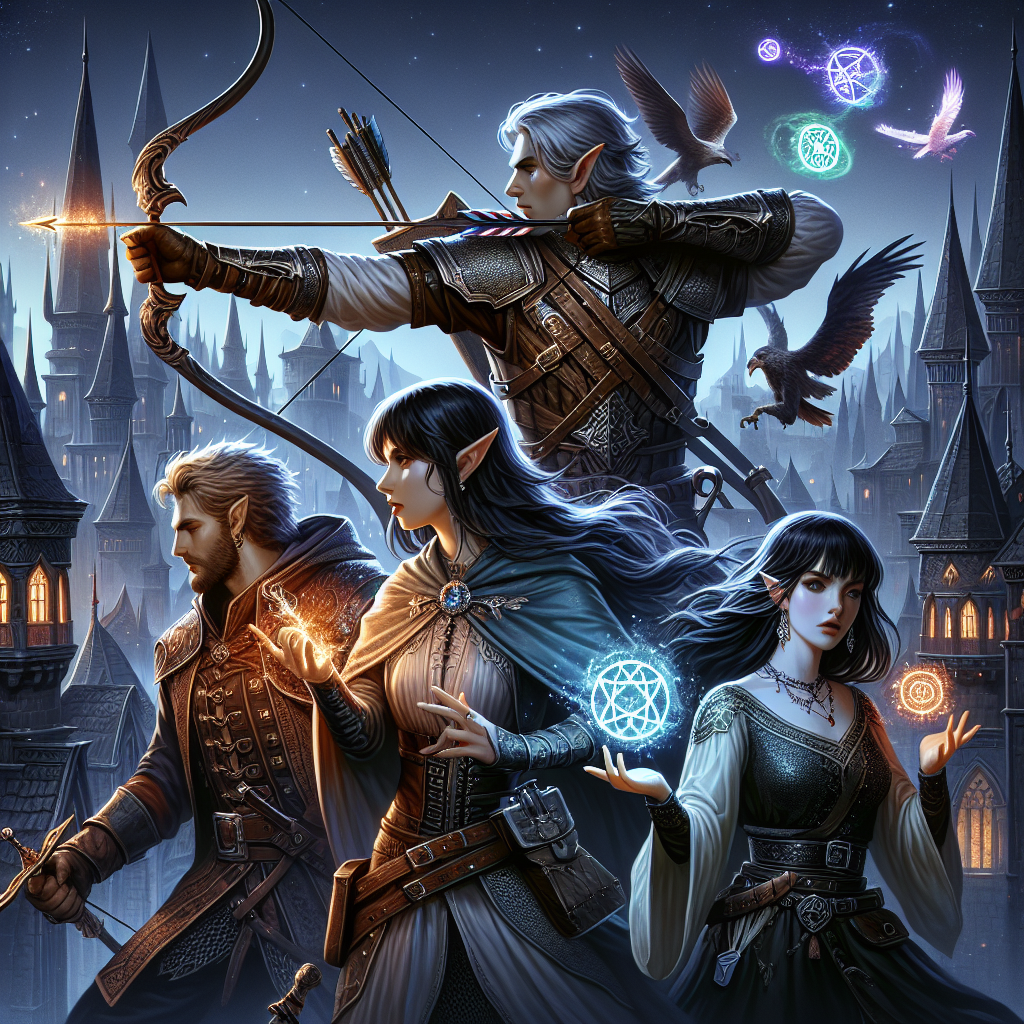Alena Dubrovina’s journey into the gaming industry was not a straightforward one. Initially embarking on a path in journalism, she soon realized that her true passion lay elsewhere. This epiphany led her to pivot towards a game-focused art education, a decision that would set the stage for her future success. During her studies, an internship requirement brought her to Larian Studios, a company known for its rich storytelling and immersive game worlds. It was here that Dubrovina’s potential began to shine. Starting as a junior artist, her talent and dedication did not go unnoticed, and she quickly climbed the ranks within the company. Her ascent culminated in her promotion to the role of art director, a position that allowed her to leave a significant mark on the highly anticipated title, Baldur’s Gate 3.
The Art of Game Design
The game design process for creating clothing and armour in Baldur’s Gate 3 was a testament to the power of collaboration within the realms of game design. Alena Dubrovina, as the lead character artist, played a pivotal role in this process, but it was the collective effort of a diverse team that brought the game’s aesthetic to life. This multidisciplinary team was composed of individuals from various creative backgrounds, each contributing their unique expertise to the design table.
- Writers: Crafting the narrative essence of the game, ensuring that the designs reflected the lore and story.
- Concept Artists: Visualizing the initial ideas and bringing a creative flair to the armour and outfits.
- Tech Animators: Addressing the practicality of designs, making sure they were feasible for animation within the game’s world.

Evolution of the Design Team
The design team at Larian Studios has seen significant growth from the days of Divinity: Original Sin 2 to the development of Baldur’s Gate 3. This expansion not only reflects the studio’s success but also the evolving complexity of their projects. With a larger team, the designers faced new challenges, particularly with the introduction of an adjustable cinematic camera in Baldur’s Gate 3, which demanded that armour and costume designs be detailed enough to withstand scrutiny from both close-up and distant perspectives.
| Divinity: Original Sin 2 | Baldur’s Gate 3 |
| Team of 4 character artists | Expanded team size |
| Standard camera angles | Adjustable cinematic camera |
| Shorter production time | Six-year production time |
Adhering to D&D Authenticity
The design team at Larian Studios faced a unique set of constraints when creating armour for Baldur’s Gate 3, a game deeply rooted in the Dungeons & Dragons (D&D) universe. The D&D ‘bibles’ served as a guiding framework, dictating which types of armour were permissible for different classes. This adherence to authenticity was crucial, as it ensured that the game’s equipment stayed true to the established lore.
Despite these restrictions, the team’s creativity was not stifled. They were encouraged to experiment within the boundaries set by the D&D rules. A notable example of this delicate balance between creativity and authenticity was the design process for the barbarian class. Known for their natural toughness, barbarians in D&D lore typically do not rely on heavy armour for protection. This presented a significant challenge for the designers, who had to resist the urge to add conventional protective elements like shoulder pads or chest plates, instead focusing on creating outfits that were true to the class’s rugged and unarmoured nature.
Alena Dubrovina’s evolution in her approach to design culminated in a key realization: the paramount importance of creating cool, visually striking designs that resonate within the game’s setting and contribute to the storytelling. This philosophy was not lost on the gaming community, which voiced no complaints about the designs in Baldur’s Gate 3. Dubrovina also recognized the significance of staying attuned to real-world fashion trends, as they can greatly influence in-game aesthetics. By not isolating themselves from these trends, game professionals can avoid becoming stagnant and instead infuse their work with a fresh and varied style. It was this embrace of variety and relevance that played a substantial role in the success of Baldur’s Gate 3, making it a rich and diverse experience for players.

